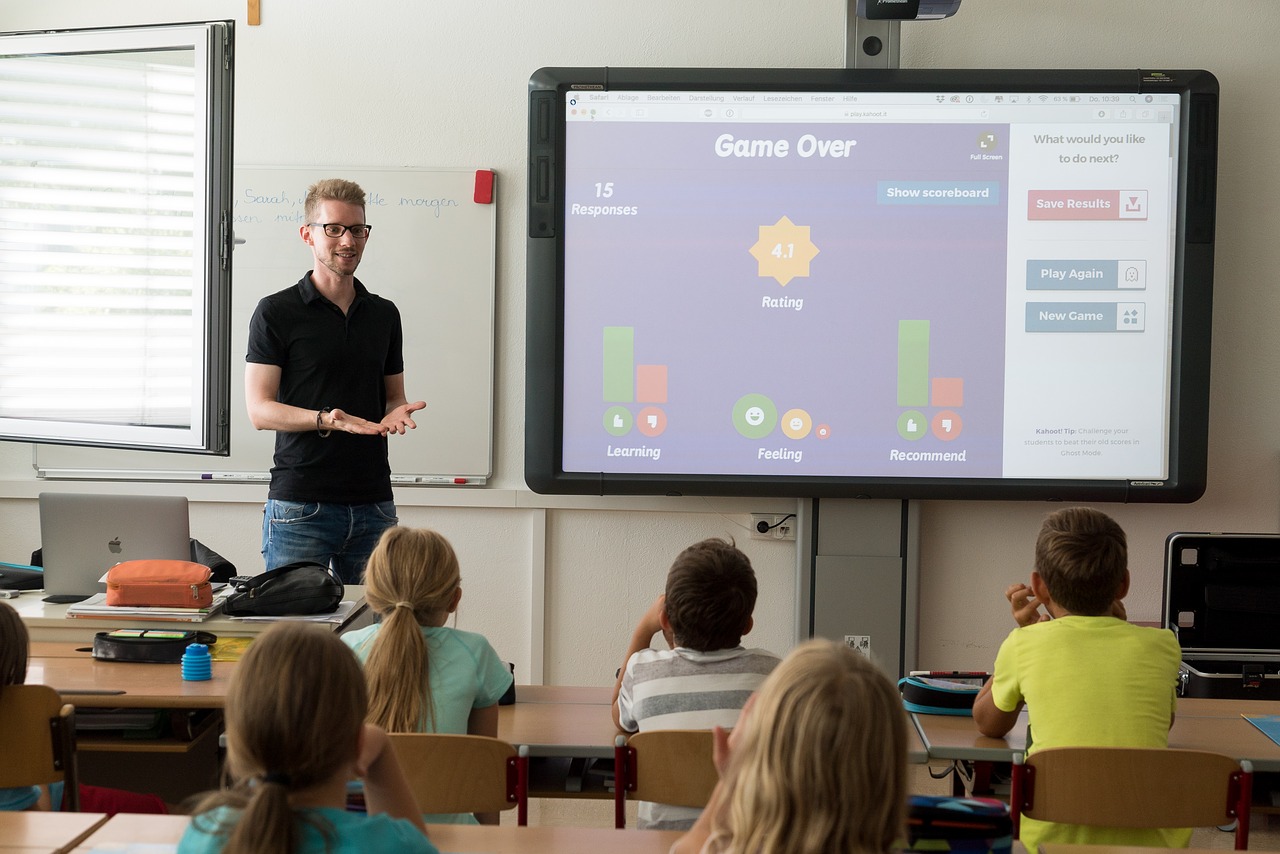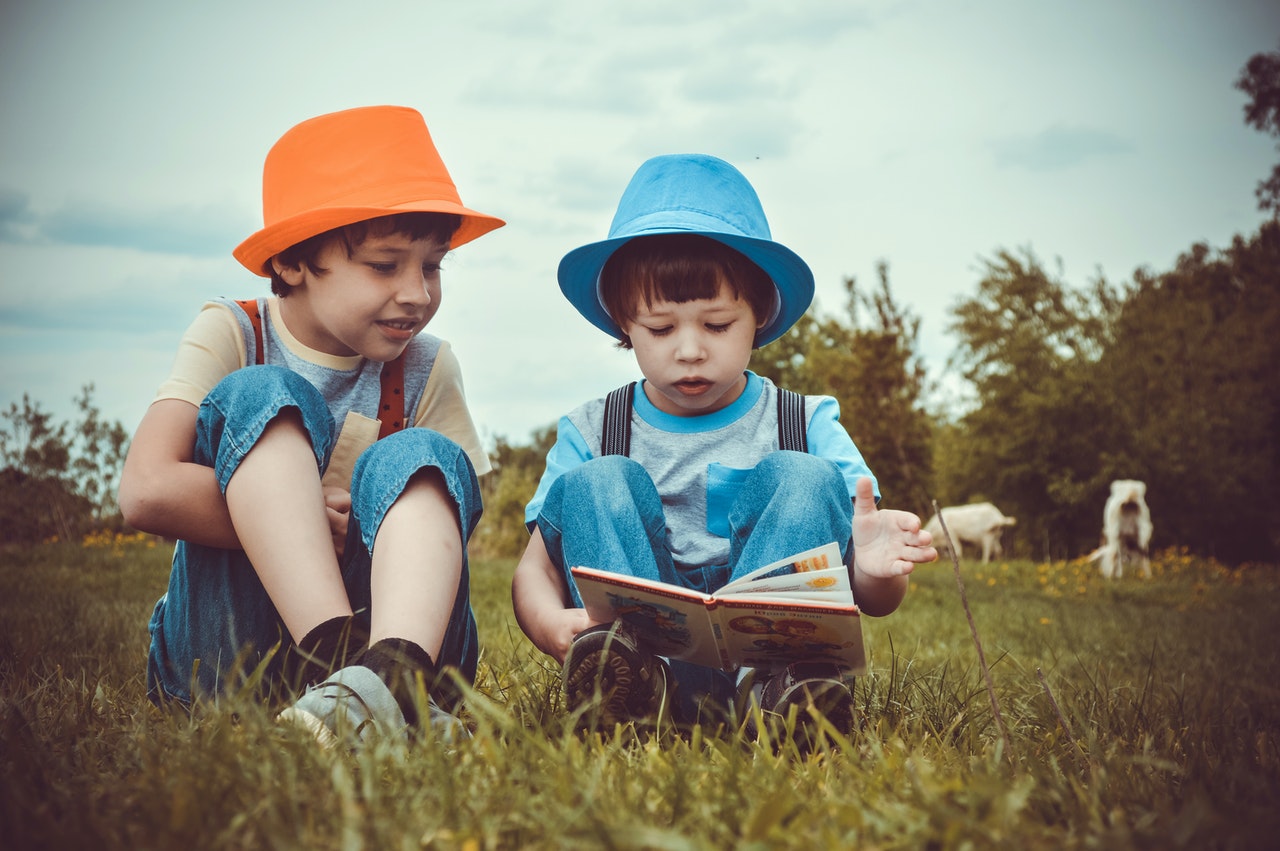Introduction: Teaching fire safety to young children is critical to help them understand the risks and learn essential skills for prevention and emergency response. As an educator, it can be challenging to find engaging resources that effectively convey these important messages to your students. To assist you in your quest for finding the best resources, here are my top five recommendations for teaching fire safety in grades 3-5. 1. National Fire Protection Association (NFPA) – Sparky School House The NFPA’s Sparky School House (https://www.sparkyschoolhouse.org/) is a comprehensive source of engaging fire-safety educational materials for children in grades K-5. Apart from …
Continue reading “My Top 5 Resources for Teaching Fire Safety in Grades 3-5”




